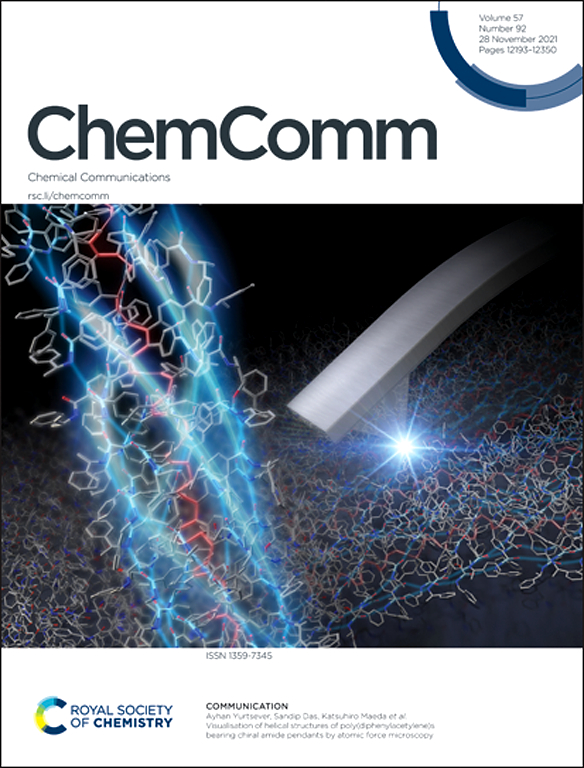Understanding the role of microstructure and grain boundaries in governing the ionic conductivity of NASICON-type solid-state electrolytes
IF 4.3
2区 化学
Q2 CHEMISTRY, MULTIDISCIPLINARY
引用次数: 0
Abstract
NASICON-type Li1.3Al0.3Ti1.7(PO4)3 solid-state electrolytes were sintered at 850–1050 °C to study the impact of sintering temperature on ionic conductivity. Microstructural and impedance analysis reveal grain boundary resistance as the main limiting factor, offering insights for optimizing all-solid-state battery performance.

了解微观结构和晶界在控制nasicon型固态电解质离子电导率中的作用
采用850 ~ 1050℃烧结nasicon型Li1.3Al0.3Ti1.7(PO4)3固态电解质,研究烧结温度对离子电导率的影响。微观结构和阻抗分析表明晶界电阻是主要的限制因素,为优化全固态电池的性能提供了见解。
本文章由计算机程序翻译,如有差异,请以英文原文为准。
求助全文
约1分钟内获得全文
求助全文
来源期刊

Chemical Communications
化学-化学综合
CiteScore
8.60
自引率
4.10%
发文量
2705
审稿时长
1.4 months
期刊介绍:
ChemComm (Chemical Communications) is renowned as the fastest publisher of articles providing information on new avenues of research, drawn from all the world''s major areas of chemical research.
 求助内容:
求助内容: 应助结果提醒方式:
应助结果提醒方式:


